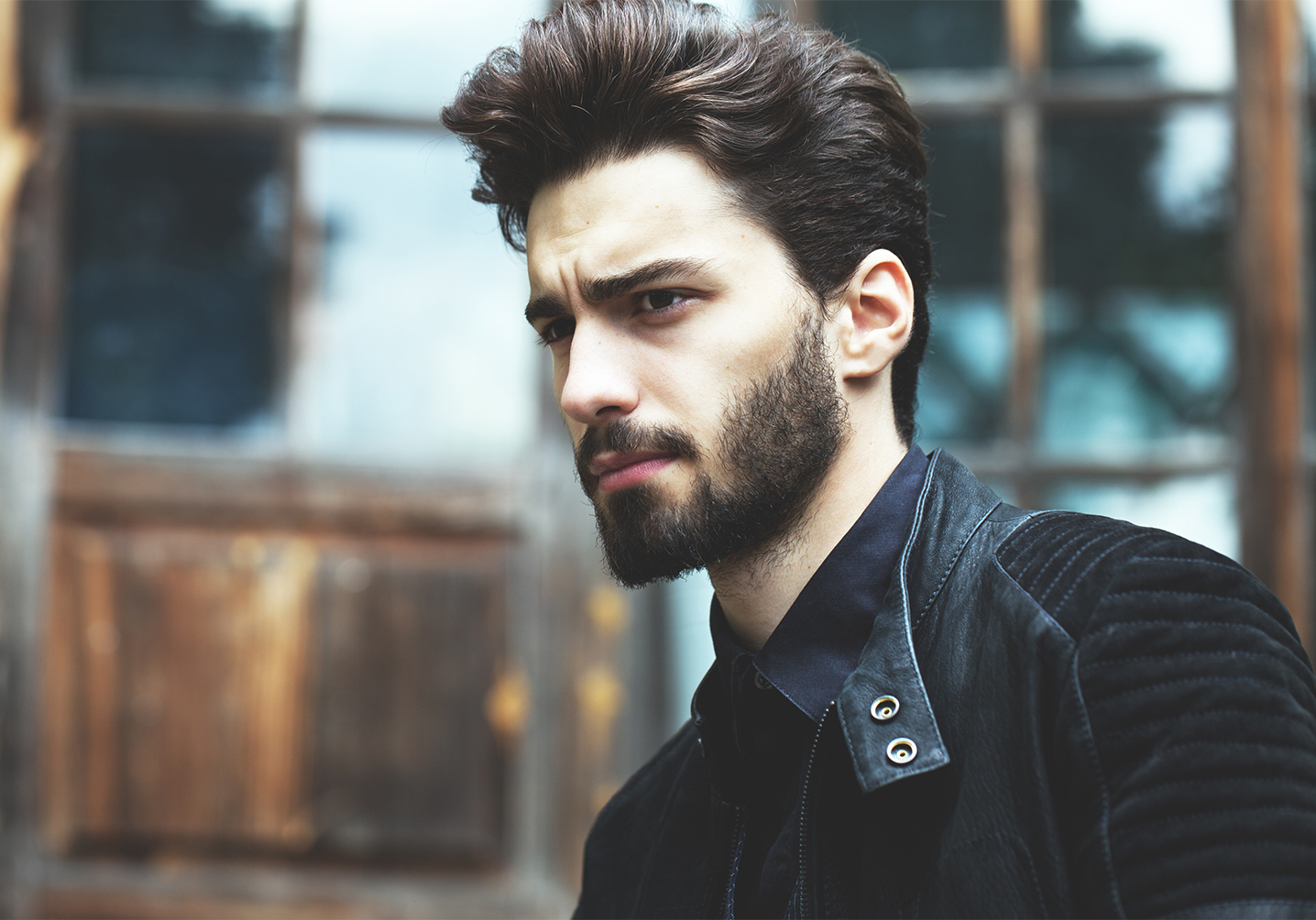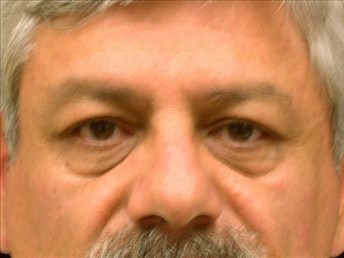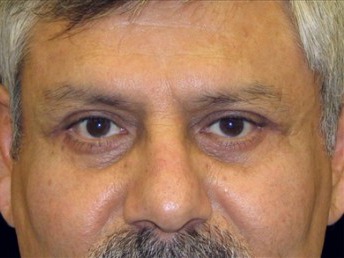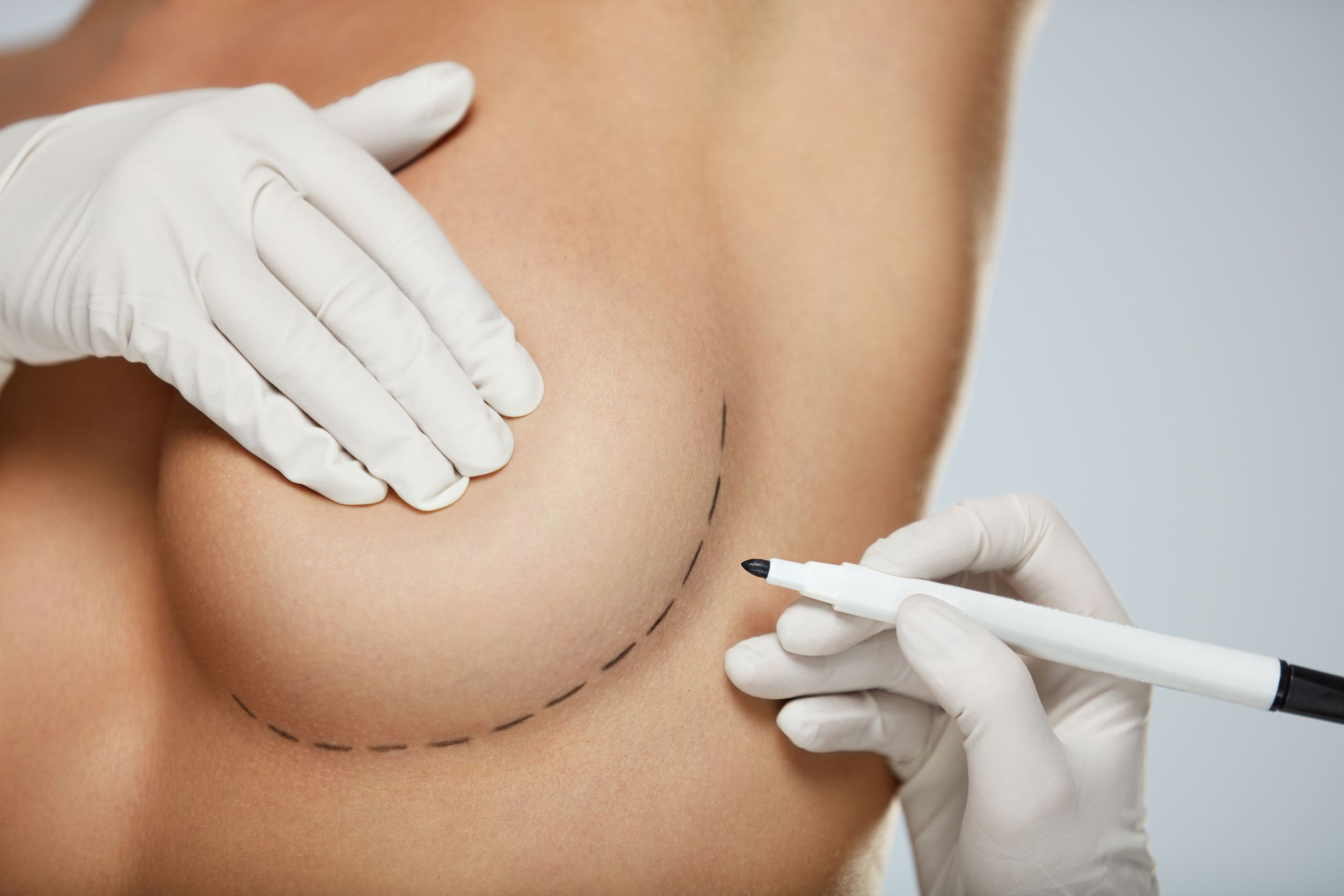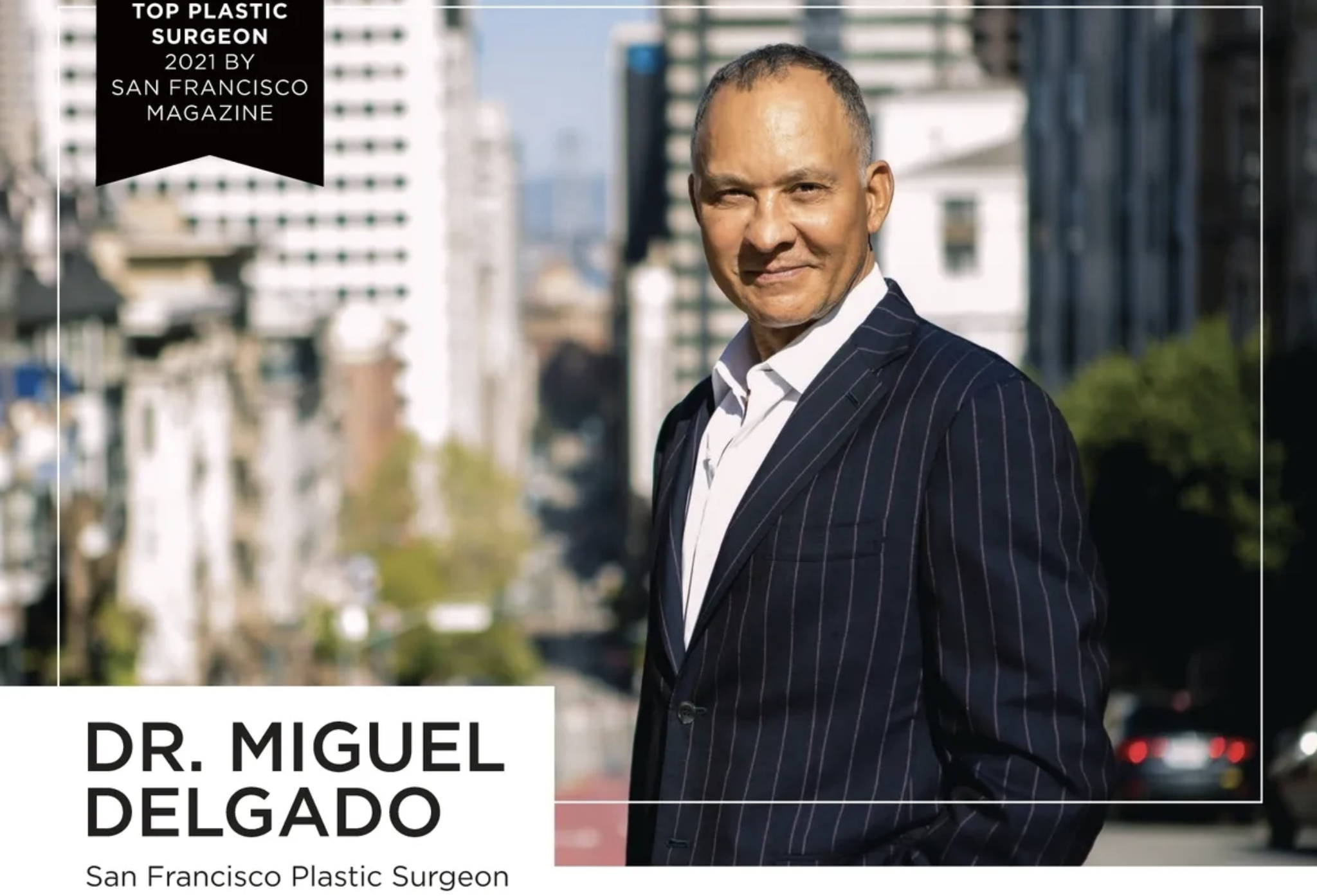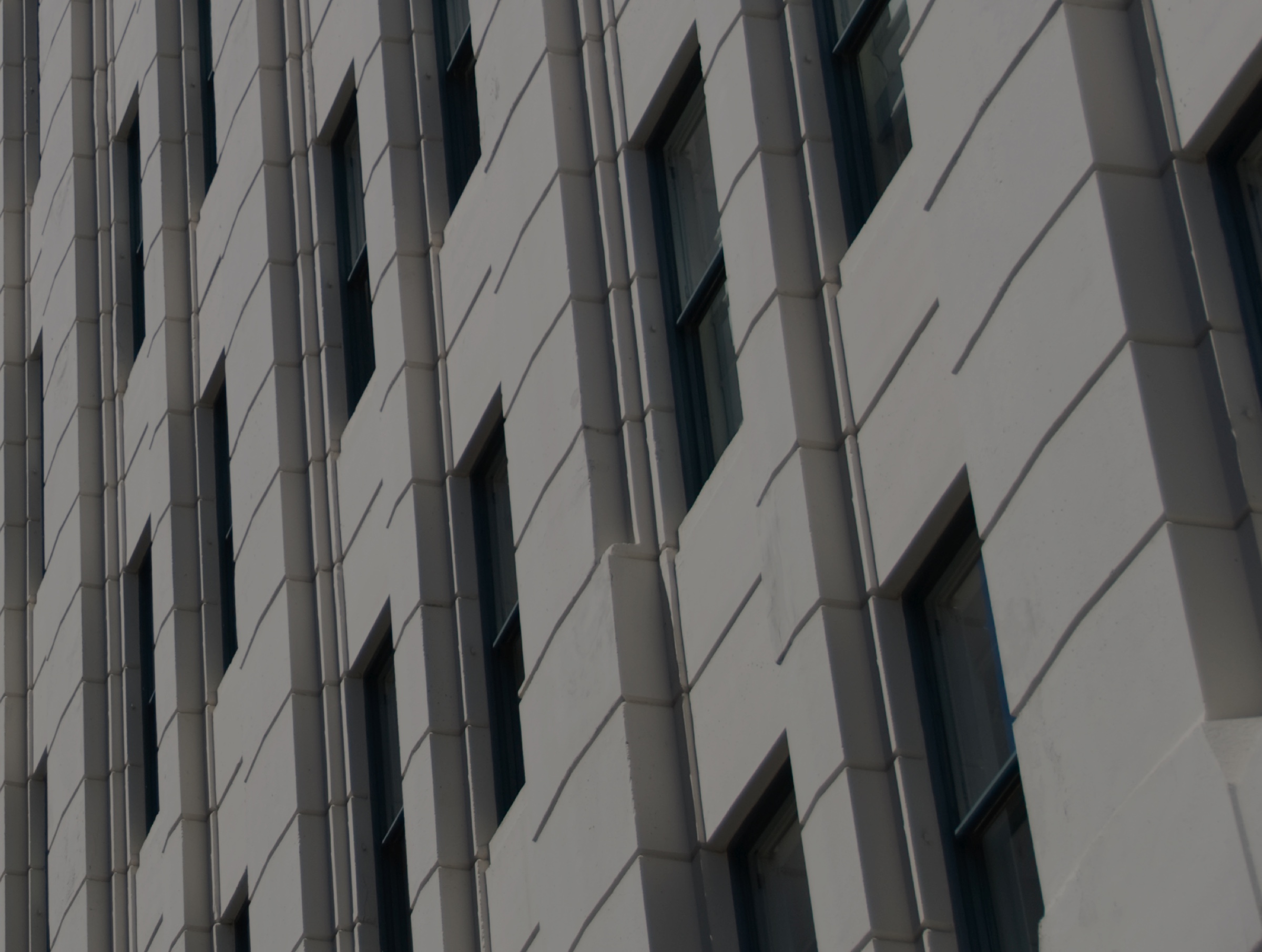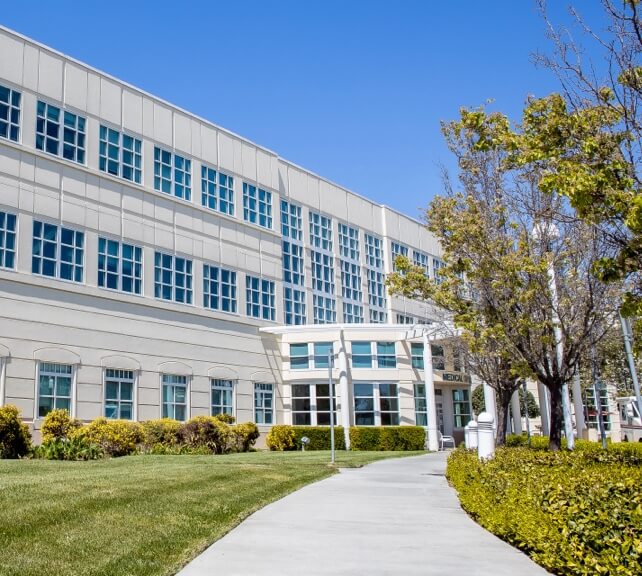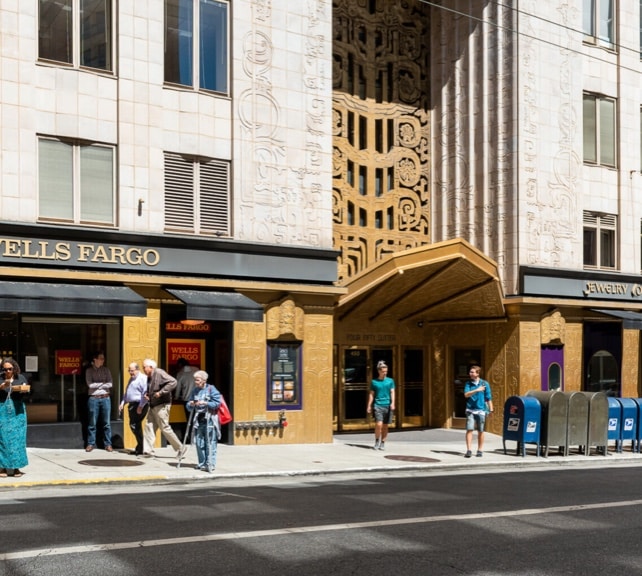WHAT DOES THE EYELID SURGERY PROCEDURE INVOLVE?
Eyelid surgery occurs at Marin Cosmetic Surgery Center, Dr. Delgado’s private surgery suite, located in his Marin County office on the Sutter Marin County Community Hospital campus. This allows Dr. Delgado to offer personal, concierge medical care while providing the extra measure of safety and reassurance afforded by the surgery center’s contiguous location to the hospital.
Before anesthesia is given, Dr. Delgado goes over the operative plan. A felt-tip marking pen, specially designed for this purpose, is used to keep the anatomy. Dr. Delgado takes great care with the skin marking to create the most natural and balanced shape possible.
LOWER EYELID SURGERY
The lower eyelid is the most sensitive area of the face to be operated on. The tearing mechanism is altered due to swelling, and this takes time to adjust back to normal. Lower blepharoplasty in San Francisco is performed through an incision inside the eyelid (transconjunctival blepharoplasty) or through the skin underneath the eyelash line. The transconjunctival approach is especially ideal for younger patients when there is no skin or muscle laxity. Some people have puffy lower eyelids either prematurely in life or genetically, and this approach serves their purpose well. The procedure involves retracting the lower eyelid and making a minimal incision in the inner eyelid. The fat is dissected free and partially excised, and only the appropriate amount of fat is removed. The incision is closed, and it heals internally.
Many individuals require an external approach to lower eyelid surgery. This patient is usually older and displays loose skin, muscle laxity, and fat prominence. This procedure tightens the skin and muscle, as well as removes or re-positions the fat pads. After the incision, the fat pockets are trimmed or, in some cases, re-positioned. The muscle that attaches to the overlying skin is tightened and anchored to the eyelid’s outer corner. The skin may be treated with a chemical peel or laser resurfacing to reduce crepiness.
